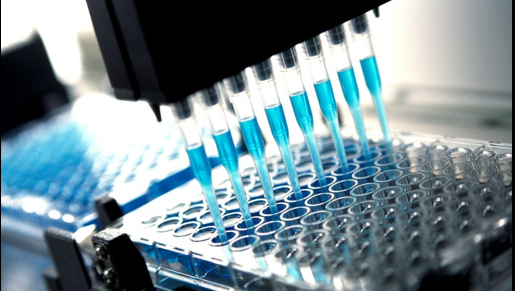In their quest to find new drugs to treat deadly diseases, scientists study millions of molecules at the same time. Often it is enzymes that are investigated as targets in these ‘high-throughput’ screenings.
New research from the University of Bath suggests the quality of the lab procedure (or assay) used for each screening has a much bigger impact on the ability to identify effective new molecules than was previously thought. The Z’-factor – which can never be greater than 1.0 – is a statistical measure of the researchers’ ability to see the required signal. It is used to judge whether the response in a particular assay is large enough to warrant further attention.
As a result of the new study, pharmaceutical companies and other labs around the world will be under pressure to refine their techniques for investigating new drug candidates.
In recent years, there has been an explosion of studies involving enzymes. These studies aim to identify molecules that can be developed into new drugs for treating cancers, infectious diseases and neurodegenerative diseases, amongst other conditions.
“There are a lot of diseases out there for which there is no treatment or the treatments aren’t very good,” said Dr Matthew Lloyd, who led the study from the University’s Department of Pharmacy and Pharmacology. “This explains why there is such a big drive to develop new treatments using high-throughput screening.”
In a paper published this month in the Journal of Medicinal Chemistry, Dr Lloyd identifies 75 examples of ‘hit’ molecules that went on to the next stage of early drug discovery. This is the first time high-throughput screening involving enzymes has been subject to such a focused review and analysis. Dr Lloyd examined scientific papers published between 2002 and 2020 and found that hit frequency was closely linked to assay quality, as measured by the Z’-factor.
Dr Lloyd found that a Z’-factor of 0.65 had an average hit rate of 0.22% whereas a Z’-factor of 0.8 had an average hit rate of 0.83%, clearly demonstrating the significance of an optimised assay.
“These findings underline how important it is to make sure your assay is the best possible quality it can be,” said Dr Lloyd. “A high Z’-factor, indicative of high-quality lab procedures, enables more hits to be found and ultimately should increase the chances of new treatments being developed.
“Some studies are currently using assays that are not very good in terms of the Z’-factor. It was thought that 0.5 was acceptable but this review shows a level between 0.75 and 0.8 is the minimum that should be aimed for.
He added: “I suspect some researchers don’t realise there is such a pronounced effect, which is why they settle for assays with a Z’ of 0.7. But in the future, people in industry will need to be mindful of the results of my analysis when they are developing high-throughput screening assays.”

